Trying to identify this shrub
Daniel Central IN, Zone 6a
7 years ago
Featured Answer
Sort by:Oldest
Comments (48)
gardengal48 (PNW Z8/9)
7 years agocecily
7 years agoRelated Discussions
Shrub Identification
Comments (2)Vanhoutte spirea Here is a link that might be useful: Vanhoutte spirea...See MoreUnknown Shrub w/ Clusters of Red Blossoms
Comments (3)Thank you, saltcedar and costaricafinca. I think you nailed it. The blossoms on my son's are a bit more red than in your link, but it is an excellent match. Thanks for your help....See MoreTrying to identify purplish shrub
Comments (6)Thanks Guys!Tony,it is a Breynia!Now I may be able to find some hints on propagating.It is growing in a very narrow space between the house and a concrete pathway so I don't have room to dig or anything.Wombat,I live in the south west of WA,we get some savage frosts here but my plant is doing well up against the house.It does have flowers but they are of the strictly functional variety,barely noticiable.It is a beautiful plant,changing colour throughout the year....See MoreName of this shrub please ?
Comments (16)Autumn Olives are invasive where I live, too. Here's a picture of doing my part to prevent their spread by harvesting the berries to make fruit leather and jam. The berries can be harvested very quickly, though they are small. That bowl holds 1.5 gallons to the brim and the jar holds 1 liter. The juice in it was heat extracted which makes the juice separate into a red component and a milky component. Autumn olive is supposed to have a tremendous amount of lycopene. I find that some shrubs yield sweeter berries than others. They can be a bit astringent, yet they made a tasty fruit leather without adding sugar....See Moreindianagardengirl
7 years agoDaniel Central IN, Zone 6a
7 years agoSara Malone Zone 9b
7 years agoEmbothrium
7 years agolast modified: 7 years agoLogan L Johnson
7 years agoSara Malone Zone 9b
7 years agoEmbothrium
7 years agolast modified: 7 years agoLogan L Johnson
7 years agoNHBabs z4b-5a NH
7 years agolast modified: 7 years agoEmbothrium
7 years agoglt47
7 years agoEmbothrium
7 years agoDaniel Central IN, Zone 6a
7 years agoMike McGarvey
7 years agoNHBabs z4b-5a NH
7 years agoLogan L Johnson
7 years agolast modified: 7 years agoDaniel Central IN, Zone 6a
7 years agoLogan L Johnson
7 years agocecily
7 years agoNHBabs z4b-5a NH
7 years agoarbordave (SE MI)
7 years agoEmbothrium
7 years agolast modified: 7 years agoMike McGarvey
7 years agoEmbothrium
7 years agolast modified: 7 years agoLogan L Johnson
7 years agolaceyvail 6A, WV
7 years agoNHBabs z4b-5a NH
7 years agocecily
7 years agoNHBabs z4b-5a NH
7 years agolast modified: 7 years agoLogan L Johnson
7 years agoEmbothrium
7 years agolast modified: 7 years agoLogan L Johnson
7 years agofloral_uk z.8/9 SW UK
7 years agoMike McGarvey
7 years agolast modified: 7 years agoLogan L Johnson
7 years agoMike McGarvey
7 years agoLogan L Johnson
7 years agoEmbothrium
7 years agolast modified: 7 years agoLogan L Johnson
7 years agogardengal48 (PNW Z8/9)
7 years agoLogan L Johnson
7 years agogardengal48 (PNW Z8/9)
7 years agoLogan L Johnson
7 years agomaackia
7 years agoLogan L Johnson
7 years ago
Related Stories
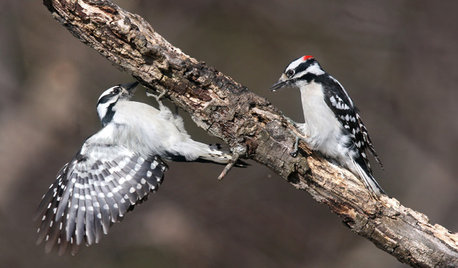
GARDENING FOR BIRDSBackyard Birds: How to Identify Two Common Woodpeckers
Downy and hairy woodpeckers have similar coloration and behavior. But there are two big differences that separate them
Full Story
GARDENING GUIDESHow to Prune Your Flowering Shrubs for the Best Blooms
Less is often more when it comes to properly pruning flowering shrubs. Here’s what to do and why
Full Story
GARDENING GUIDESGreat Design Plant: Try Blue Bells for Blooms in Dry Soil
This shrub’s violet-blue flowers and silvery foliage brighten low-water gardens all year long
Full Story
GARDENING GUIDES10 Drought-Tolerant Shrubs That Thrive in Full Sun and Reflected Heat
Got a hot spot in your garden where plants often die? Try these tough shrubs that add beauty while shrugging off the heat
Full Story
GARDENING GUIDES8 Deer-Resistant Elegant Evergreen Shrubs to Plant This Fall
Who knew that such beautiful shrubs could be deer-resistant?
Full Story
FALL GARDENING9 Deer-Resistant Flowering Shrubs to Plant This Fall
These exquisite shrubs will attract your attention but won’t tempt the deer that roam your neighborhood at night
Full Story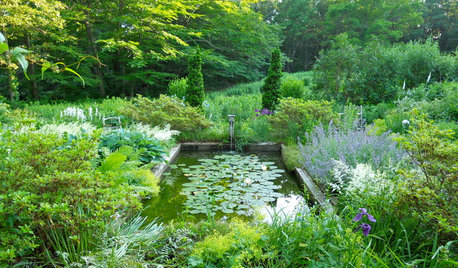
PLANTING IDEAS5 Reasons to Bring Shrubs Into the Flower Garden
Mix up the garden experience and let the flowers and shrubs play together
Full Story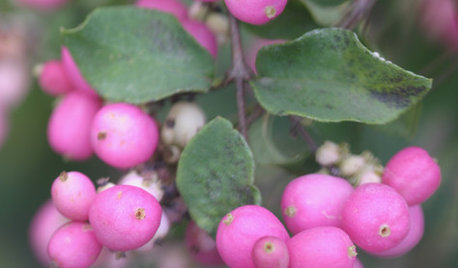
LANDSCAPE DESIGN5 Berry-licious Shrubs to Plant Now for Winter Interest
Showy color during snow season? You bet. These shrubs will wake up a garden with colorful berries when other plants are asleep
Full Story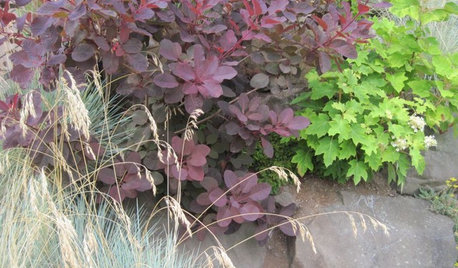
PURPLE FOLIAGE5 Purple-Leaf Majesties of Shrubs
Looking for beautiful depth and dynamism in your landscape? Just add purple
Full Story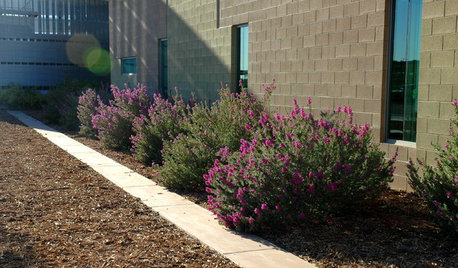
GARDENING GUIDESHow to Avoid Overcrowded, Overpruned Shrubs
Go for a more natural look that’s easier and less expensive to maintain by giving your plants the right amount of growing room
Full Story


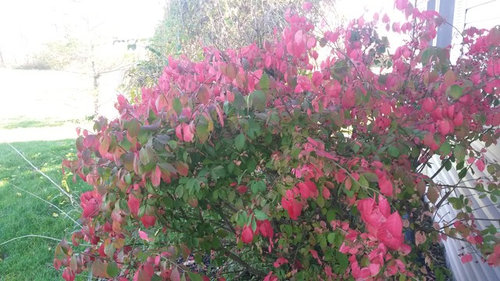







Daniel Central IN, Zone 6aOriginal Author